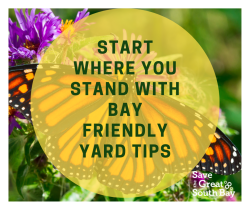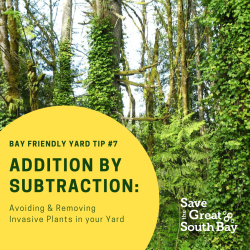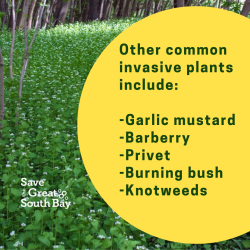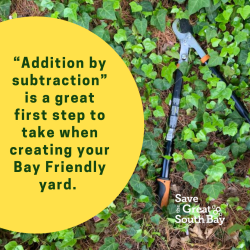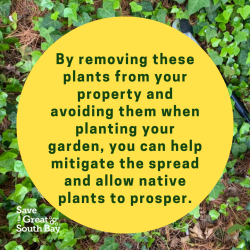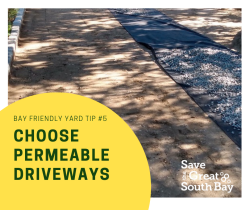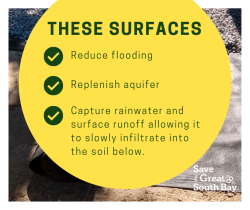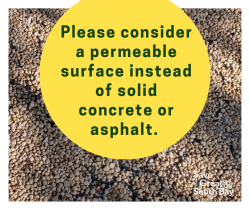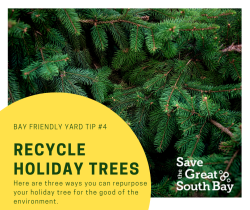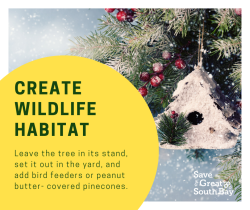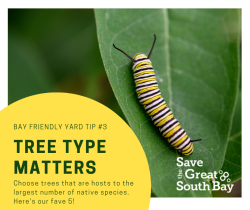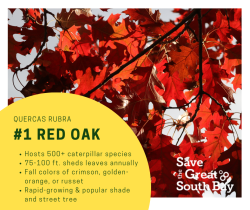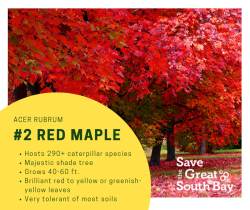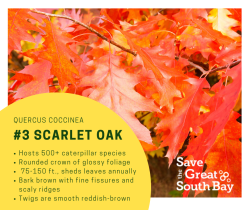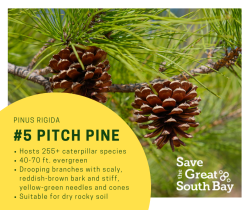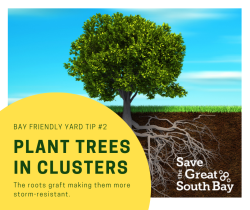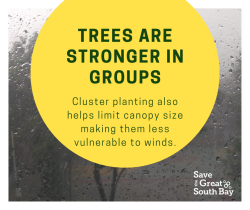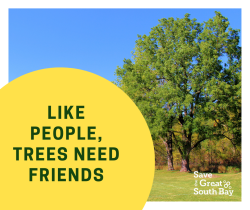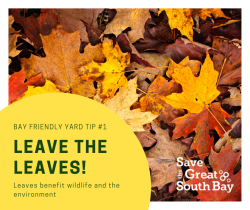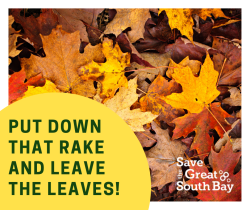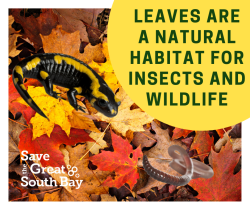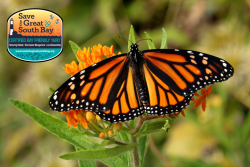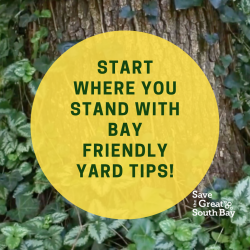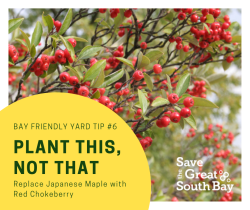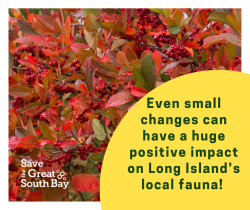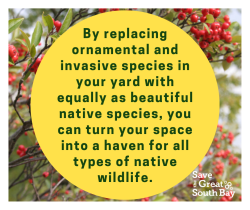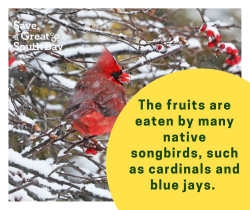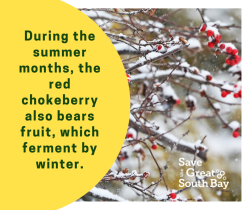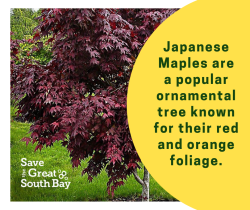Bay Friendly Yard Program
Photo Gallery
Find Out More
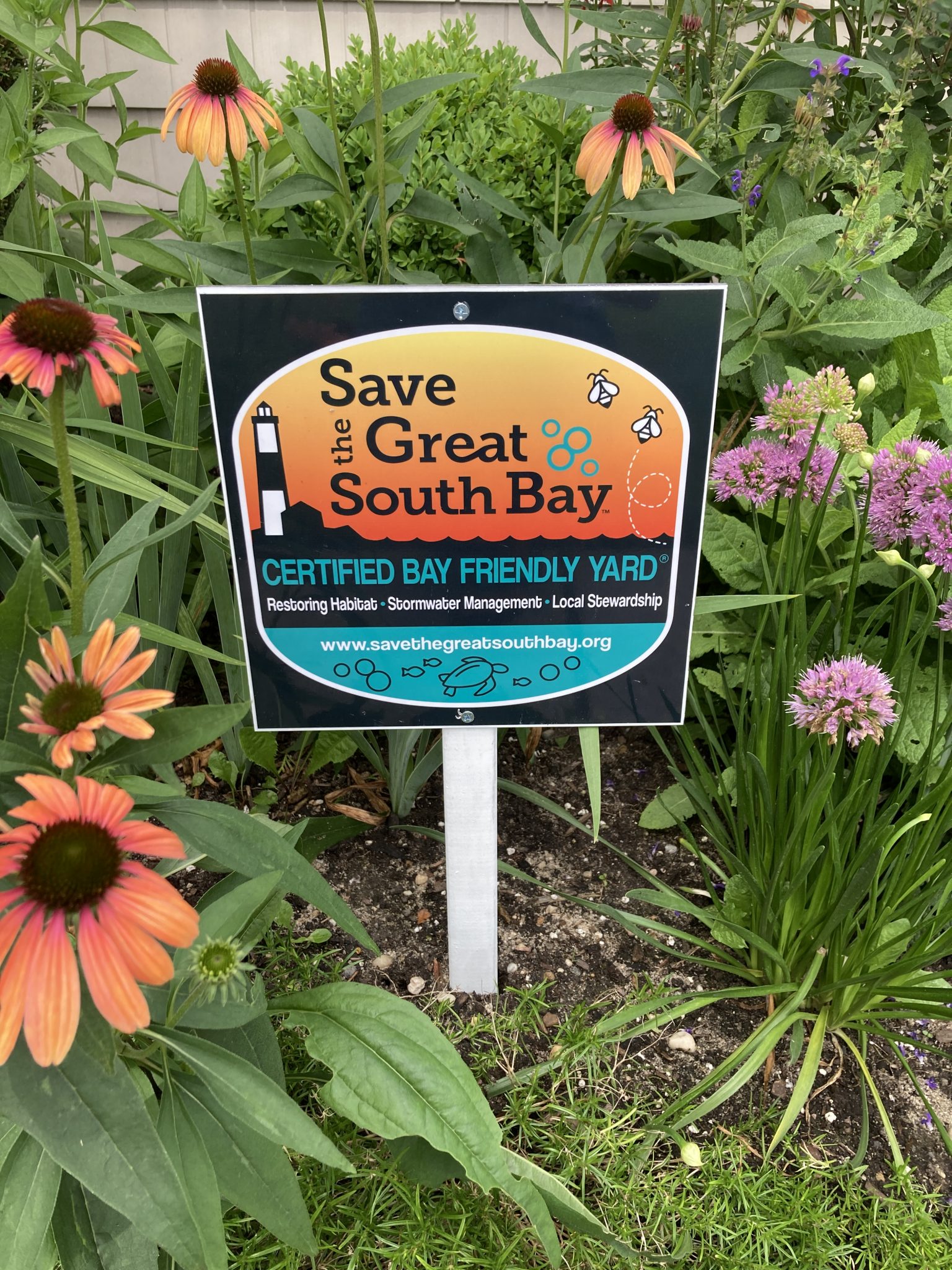
Plant Bay Friendly!
Certify Your Yard Bay Friendly
- Habitat Restoration
- Stormwater Management
- Local Stewardship
Become a Certified Bay Friendly Yard and proudly display a yard sign.
Apply Now or email us info@savethegreatsouthbay.org for more info!

Bay Friendly Guidelines:
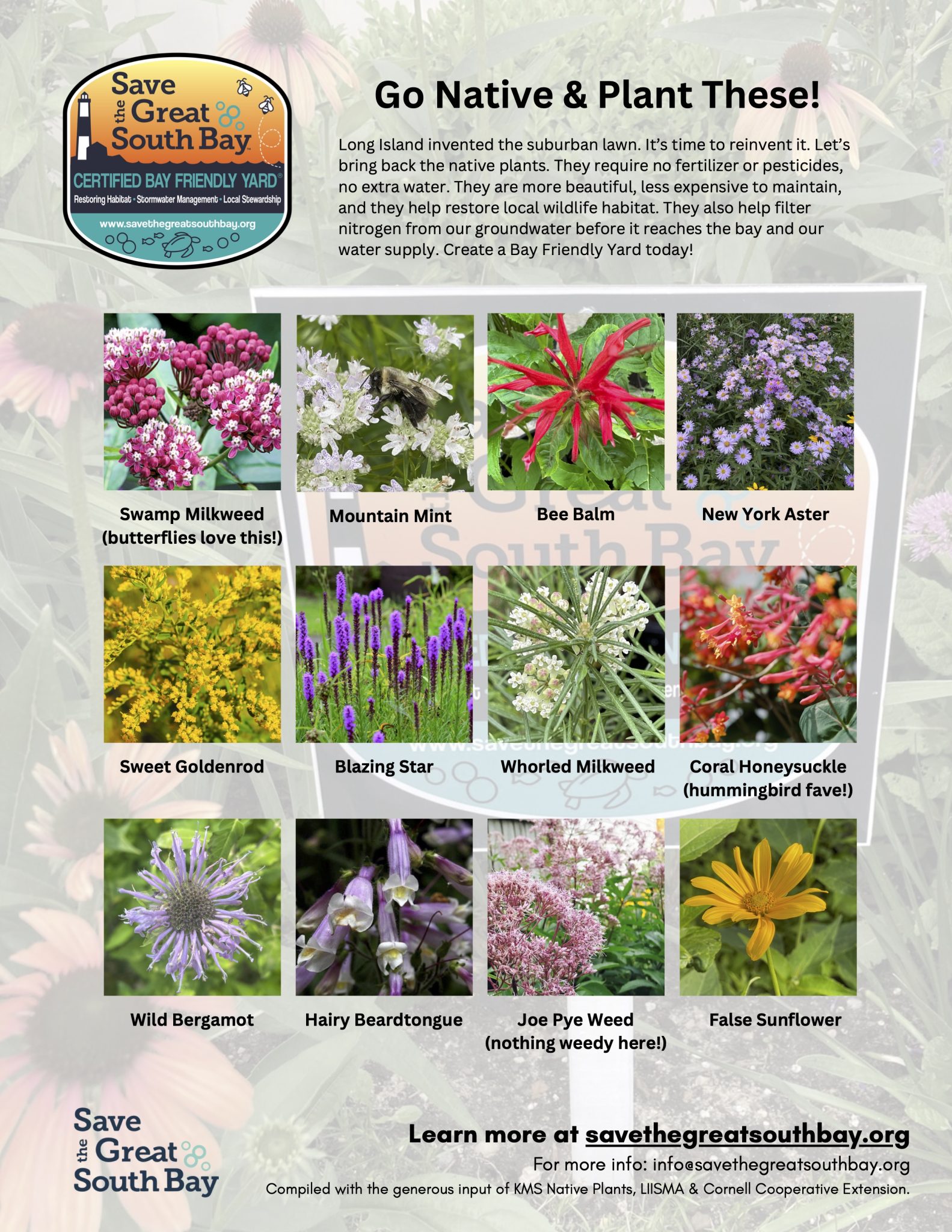
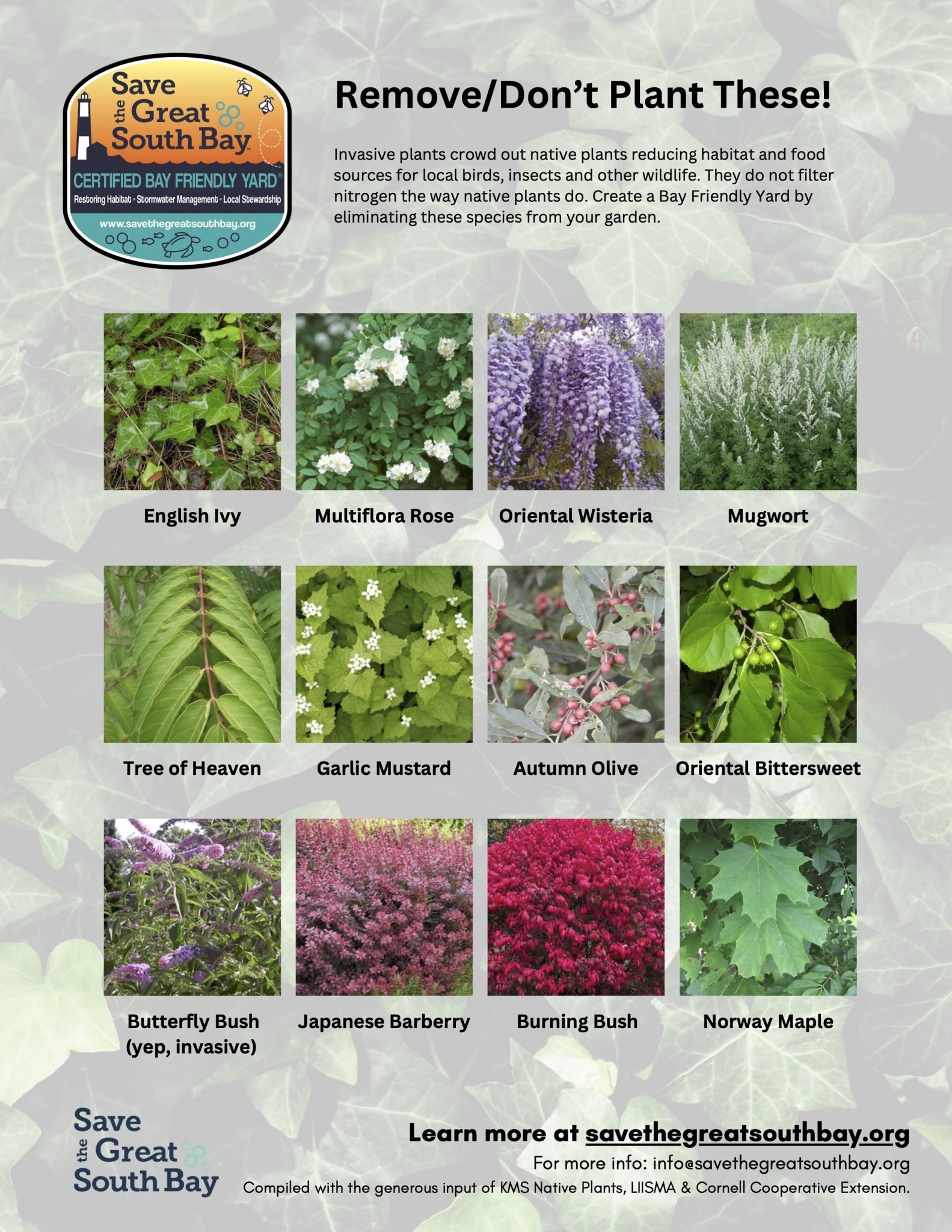
Get A Free, Native Planting, E-Book To Help You Get Started!

- Step-by-step instructions to assess your yard
- Lists of LI native species
- Tips on how to arrange these plantings
Bay Friendly Yard Webinars
Bay Friendly Yards: Ocean Beach
Director of Habitat Restoration Frank Piccininni addresses the Village of Ocean Beach Civic Association on how to create Bay Friendly Yards in the Fire Island community.
Bay Friendly Yards: Recycling Stormwater
Bay Friendly Yards: Creating A Butterfly Garden
Bay Friendly Yards: Nature and Mindfulness
Bay Friendly Yards: Creating Wildlife Habitat
Bay Friendly Yards: Three Essential Elements
More About Bay Friendly Yards
Mapping a Sustainable Long Island
Our latest web based map showing where to wine and dine sustainably and organically on Long Island.
The Long Island Clean Water Partnership – A Roster
The mission of the partnership is to build awareness among Long Islanders as to the threats to our drinking water, our bays, rivers and ponds so that we can address these threats. The largest threat our water faces on Long Island is the nitrogen pollution in our groundwater from 500,000 septic tanks. It sparks the algal blooms that are killing off all our waters. Then there are also high nitrogen fertilizers, polluted storm runoff, pesticides. Each of these 100+ organizations, and the individuals here listed are dedicated to addressing our groundwater pollution problems before it is too late, and our lakes rivers, ponds and bays are lifeless and our drinking water compromised.
When It Comes To Long Island’s Ground Water Pollution Problem, The Facts Are Now Speaking For Themselves
Ever since the release of The Comprehensive Water Resources Management Plan, January 23, 2014, County Executive Steve Bellone has been on a mission to focus attention on the need to address our septic tank and water quality issues. He kicked off matters with a 9500 person conference call on water quality in. He has since then called for funding and for extending sewer districts. Most recently, Suffolk County won an IBM Smarter Cities Award, which will be used to study how best to address the septic tank issue in the county. Bellone worked with Senator Gillibrand to advocate for this. We are thankful to both for working on behalf of Long Island.
Long Island’s Ground Water Pollution Problem — How Nitrogenous Waste From Septic Tanks, Fertilizers, and Poorly Treated Water Is Sparking Potent Algae Blooms in Our Bays And Choking Off Life
A global expert on algal blooms and nitrogenous waste, Prof. Gobler has been tireless in getting his message out to all Long Islanders and to the country — we have a very serious problem with polluted ground water, and it is triggering algal blooms — brown tide, rust tide, red tide, blue-green algae — and wiping out marine and fresh water habitats. As a part of The Long Island Clean Water Partnership (please sign up and help out!), a group of some 125+ organizations seeking to build a sustainable Long Island, SCERP (The Stony Brook Coastal and Estuarine Research Project) is contributing some of the basic scientific research that is helping us to identify our water problems and to develop the solutions.
SCERP: Nitrogenous Waste From Groundwater Polluted By Septic Tank Seepage and Lawn Fertilizer Creating Seasonal Dead Zones in Waters All Around Long Island, Especially The Long Island Sound
Anything in red, orange or yellow on this map is a dead zone
We frankly have no choice but to address this issue, if not for our waters, for our drinking water. We are living right on top of it. The same thing that is polluting and killing our bays — the waste water, the pesticides ( 117 of them ), the pharmaceuticals we throw out bu tend up in our ground water, the toxic plumes from Superfund clean up sites, and from household hazardous waste like cleaners, paints, and heavy metals — is also threatening our drinking water as the polluted water above seeps down into our aquifers and literally poisons our wells.
Long Island’s Drinking Water: Threats and Solutions – A Presentation From The Long Island Clean Water Partnership
Two of the charter members of The Long Island Clean Water Partnership, The Citizen’s Campaign For The Environment, and The Group For The East End, offer this overview of the state of Long Island’s waters — what is polluting them and what we can do about it.

